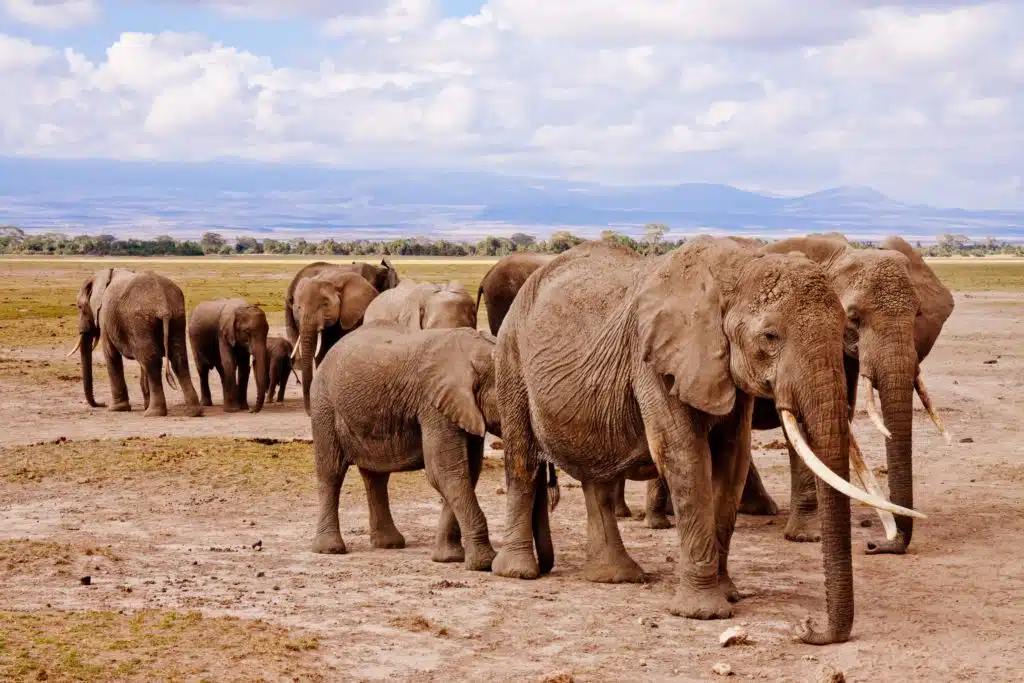Stopping poaching by the numbers
Maths model helps rangers protect national parks, despite tight budgets.

Mathematics can help reduce poaching and illegal logging in national parks, researchers have found.
A team of applied mathematicians including Macquarie University’s David Arnold has developed an algorithm that predicts which areas inside park boundaries offer the greatest possibilities for criminals – and how rangers can most efficiently combat them.
“Animal poaching and illegal deforestation pose serious threats to worldwide biodiversity,” explains Arnold.
“It is estimated that 10,000 to 15,000 elephants are killed in Africa each year, and land clearing in South Africa has caused nearly 30% of animal species to become endangered.”
The problem for environmental managers and rangers is that national parks are typically vast, and the budgets available to equip patrols are usually small. This makes detecting criminal activity and apprehending the perpetrators extremely difficult.
Arnold and colleagues have come up with a mathematical model that evens up the odds by calculating the relative risks and rewards for the bad guys. It does this by considering the motivations of the criminals, who wish to commit their crime and remain undetected without spending too much time and energy on their mission.
“Their ability to get in and out with maximum profit for minimum effort is affected by the landscape – the presence of hills and rivers and so forth – and by the patrol strategies of the rangers,” Arnold explains.
“Our model identifies areas that provide the best theoretical rewards, which allows managers to alter patrol routes and frequencies in response, frustrating the criminals’ intentions.”
The research is published in the SIAM Journal on Applied Mathematics.
Feature photo credit: Pixabay





 Fresh Science is on hold for 2022. We will be back in 2023.
Fresh Science is on hold for 2022. We will be back in 2023.